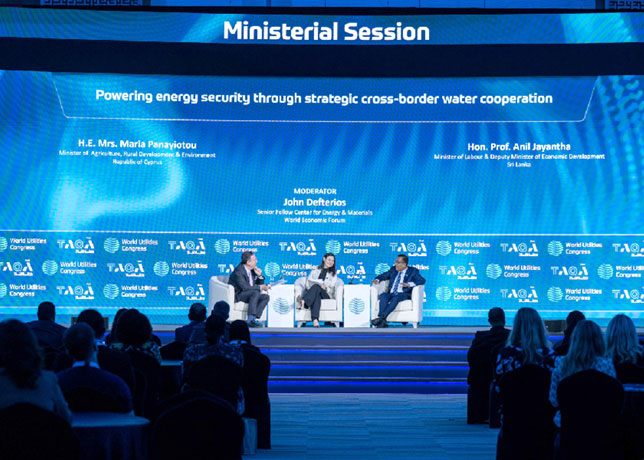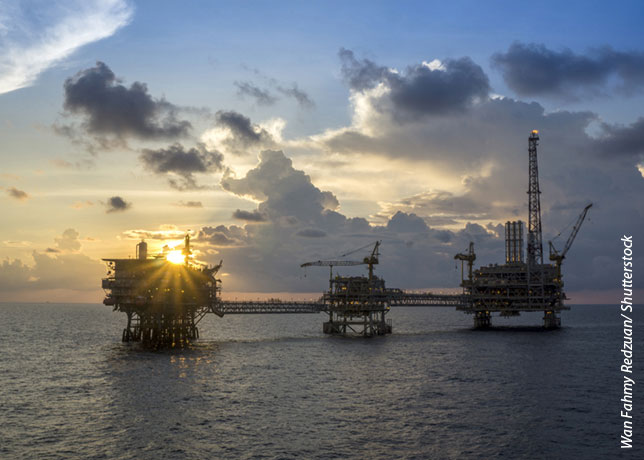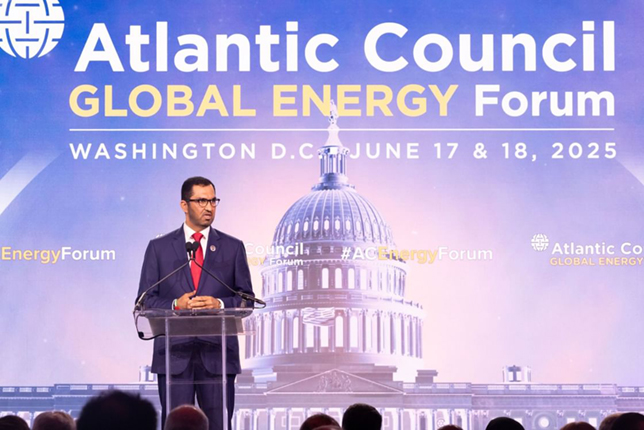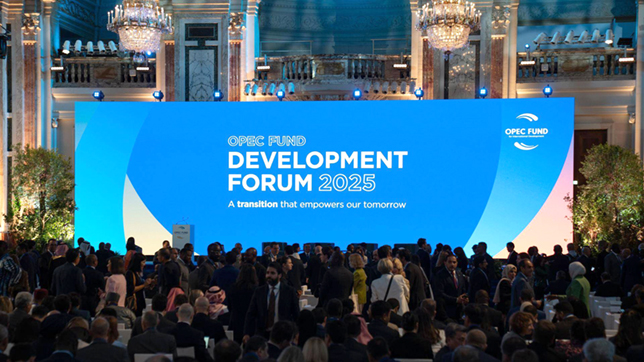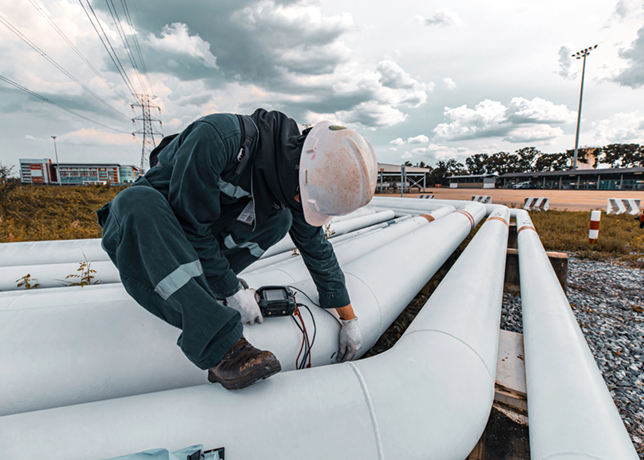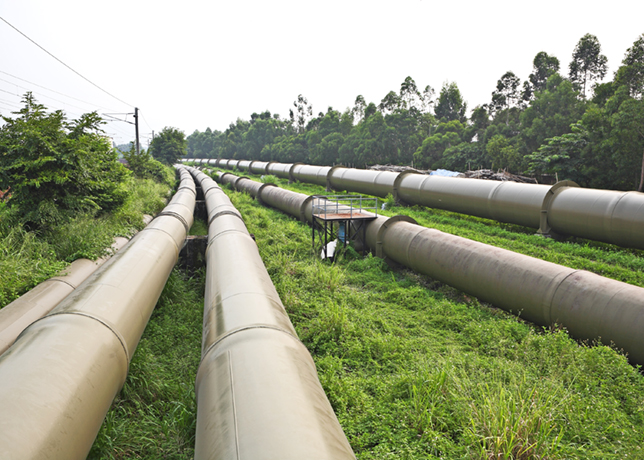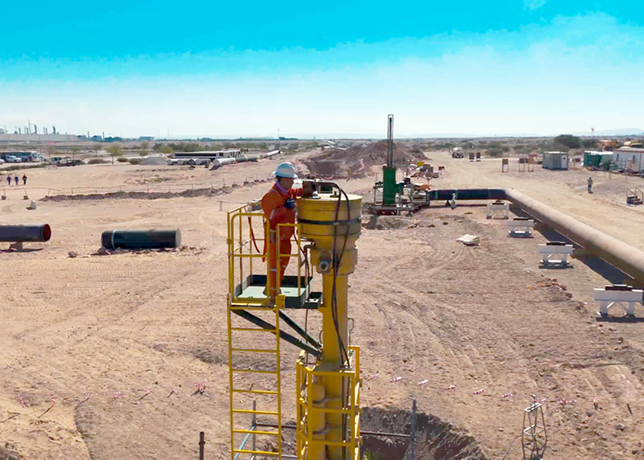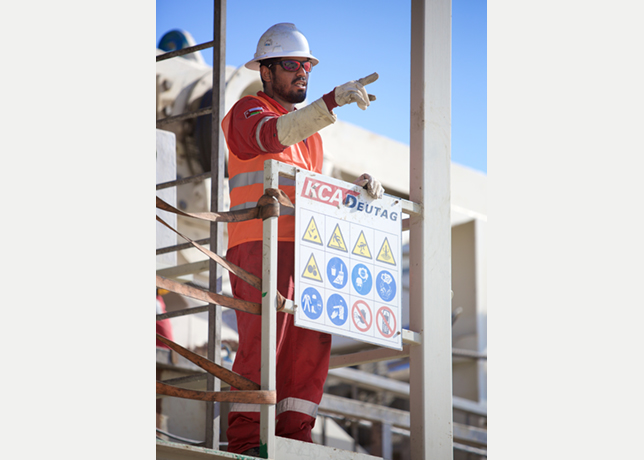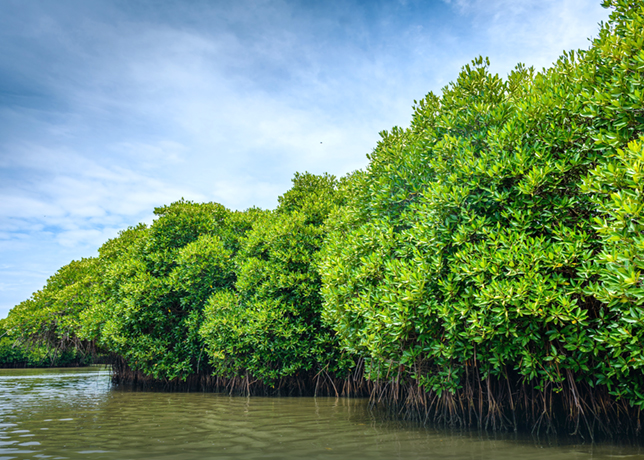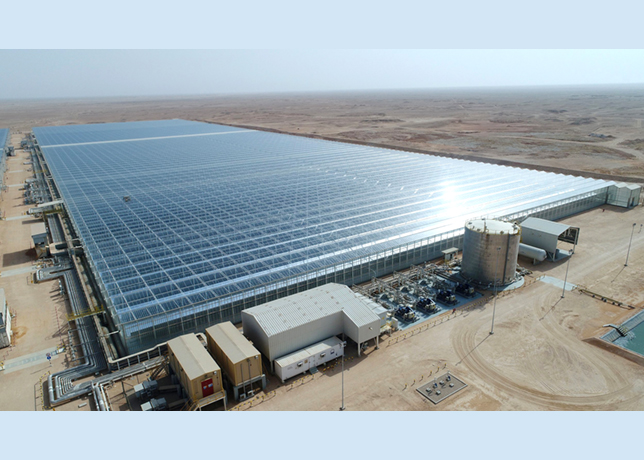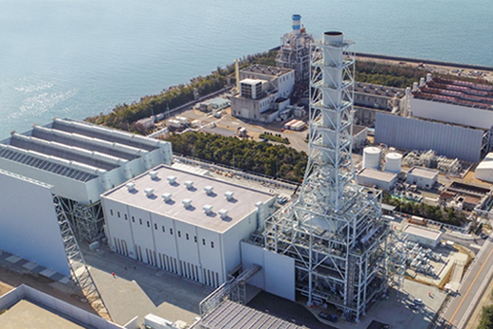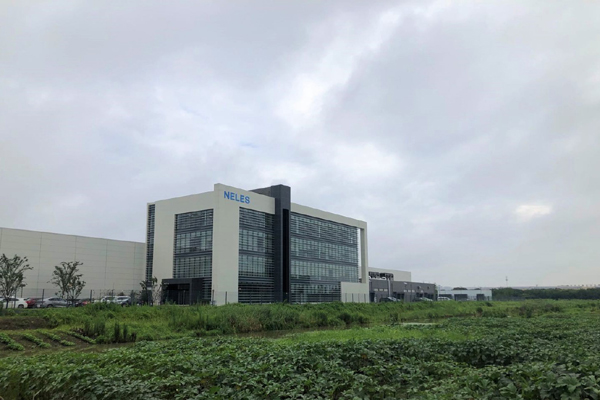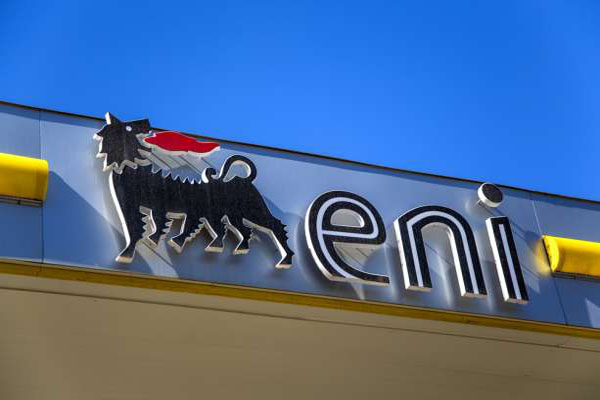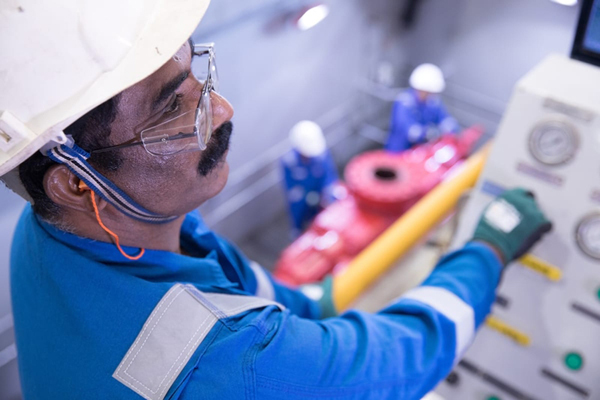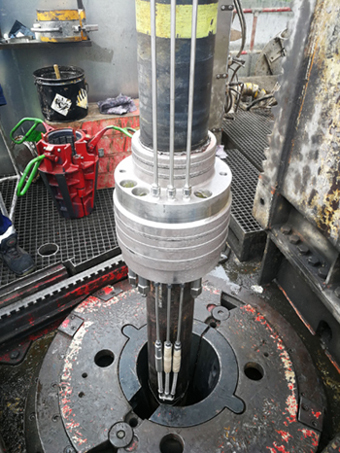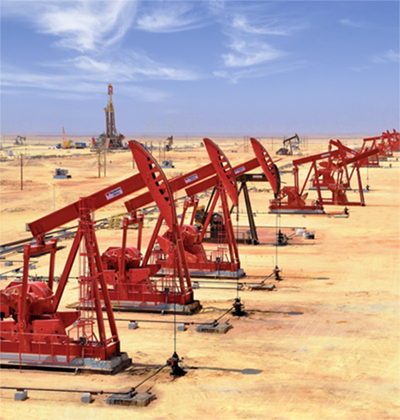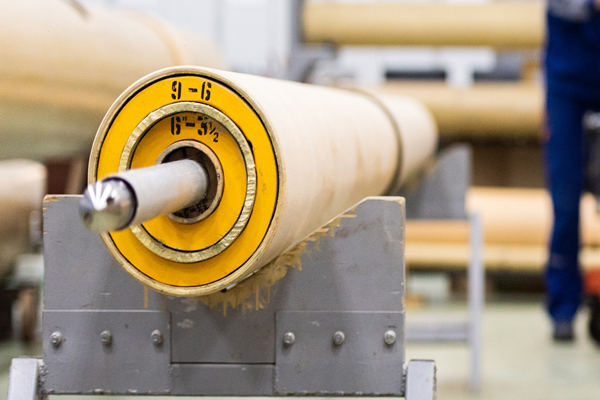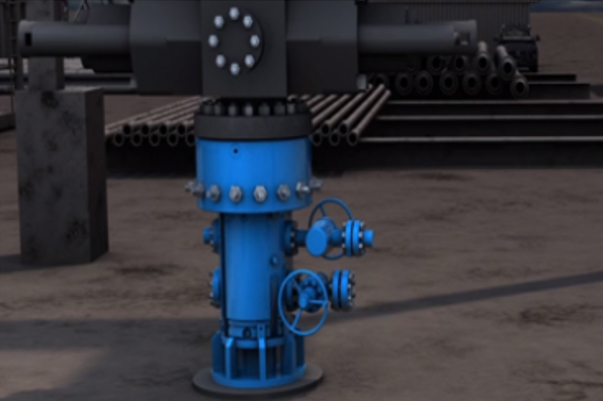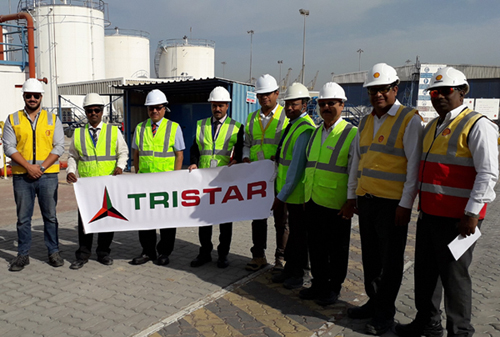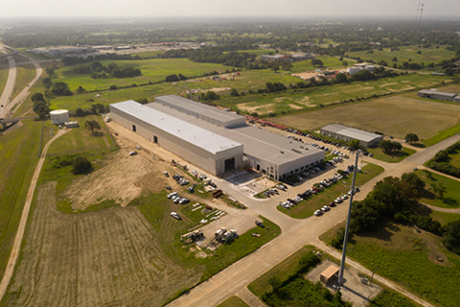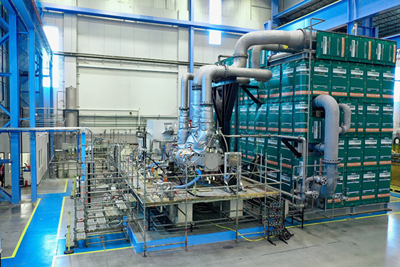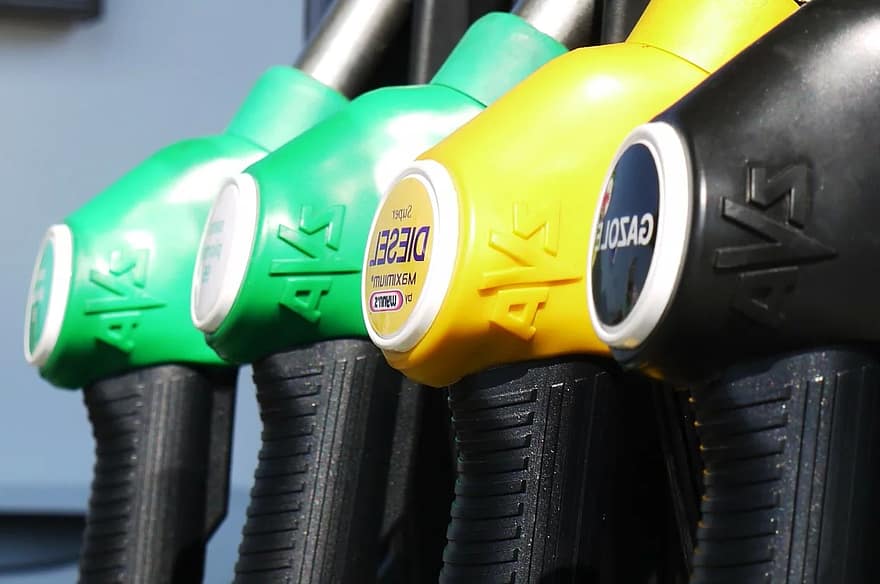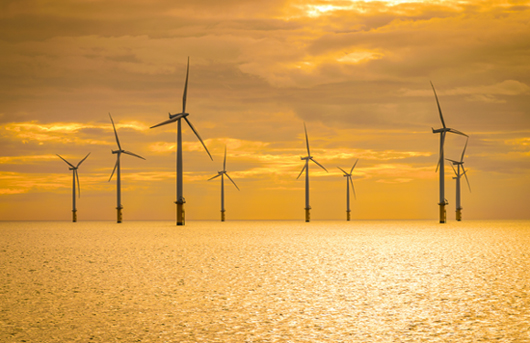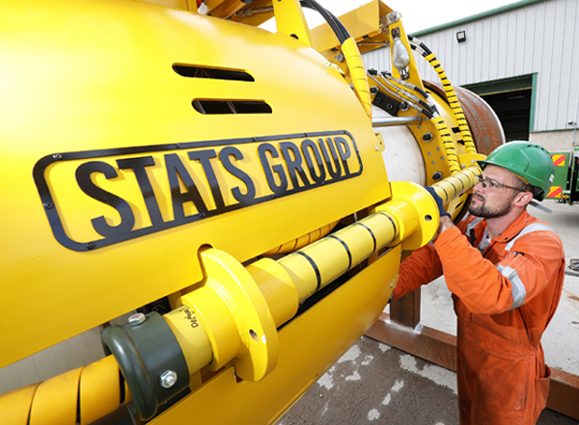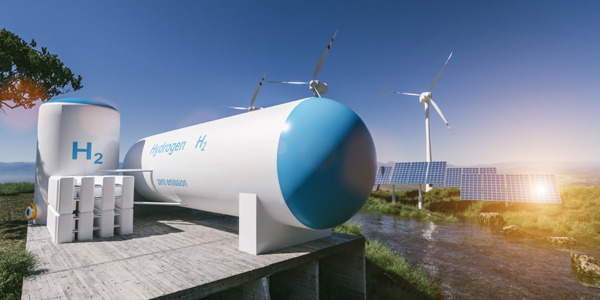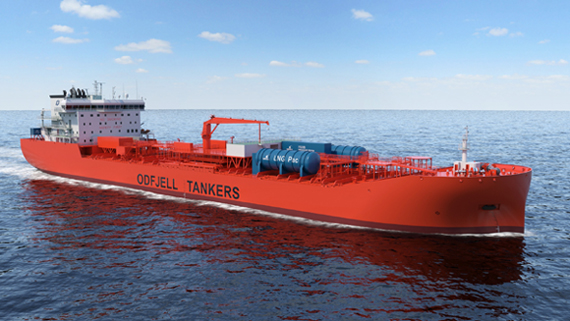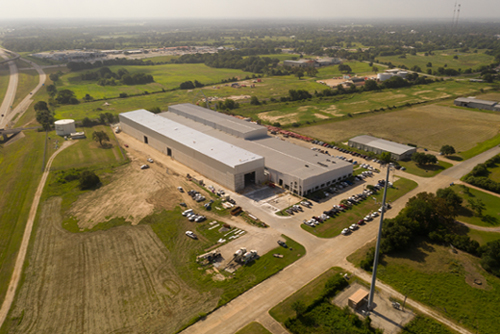
 Asia leading oil demand growth
Asia leading oil demand growth
Asia is leading oil demand growth but its effect on pushing up oil prices has been exaggerated, while speculative trading is distorting supply security, the head of Saudi Aramco said.
“Without a doubt developments in Asia have changed the dynamics of oil – forever,” said Abdallah S Jum’ah, Saudi Aramco President and CEO.
“The centre of gravity for energy demand growth is moving eastwards,” he told the Asia Oil and Gas conference by video, but added that OECD countries still accounted for the majority of demand and the United States a quarter of the total.
“We’re witnessing a fair degree of scaremongering when it comes to the effect of Asian demand,” he said. “It’s clearly unfair to land the blame for high oil prices on Asian consumer countries.”
Oil markets were rattled by record 15 per cent demand growth in China in 2004, though this has slowed and is forecast to be around six per cent this year for the world’s second-biggest oil consumer.
Demand from the world’s third-largest consumer Japan is not showing much growth, while demand in countries such as Thailand and Indonesia has been dampened in the past year by reduced government fuel subsidies that helped spur oil imports.
Jum’ah said co-operation between consumers and producers was needed for a secure energy future and a new breed of Asian oil firms, such as Malaysia’s Petronas, were becoming more active in pursuing supplies.
But he said that energy security worries were casting a long shadow over efforts to balance oil markets.
“We see a greater susceptability to all threats,” he said. “Increased futures trading is serving to amplify the effect - it’s serving as an inflationary effect.”
US crude futures surged to a record of $75.35 on the New York Mercantile Exchange (NYMEX) in April on fears that a dispute over Iran’s nuclear programme may affect Gulf flows, but prices have slipped back on concern over inflation hurting demand.
Jum’ah said Aramco was developing projects to reach 12 million barrels per day (bpd) of crude output capacity by 2009, and building export-orientated refineries in Saudi Arabia to ease a shortage of heavy sour crude refining capacity.
“In the next five to six years, we’re adding production capacity that exceeds the current output of Venezuela or Kuwait,” he said. “This surplus capacity is expensive to develop and maintain but in the past has shown its worth.”










